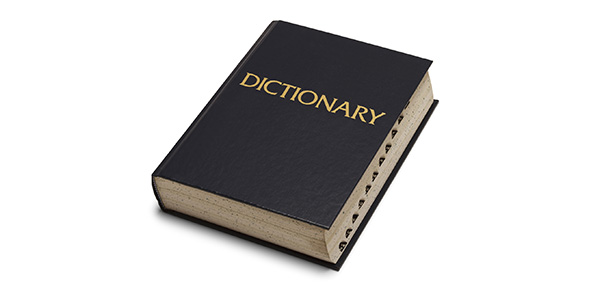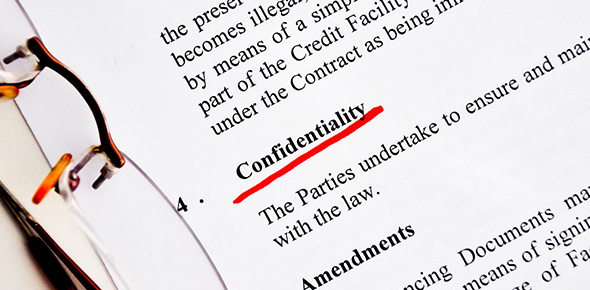Related Flashcards
Related Topics
Cards In This Set
| Front | Back |
|
Adapter
|
A two-to-three wire device which makes it possible to use a grounding plug in a two-socket outlet.
|
|
Circuit Breaker
|
A safety device that opens a circuit when the current goes over a specified value. Unlike a fuse, a circuit breaker can be reset after tripping open.
|
|
Electrical Shock
|
A physical reaction of the nerves to electric current.
|
|
Fuse
|
A safety device that works as a switch to turn a circuit off when the current goes over its specified value.
|
|
Ground
|
An electrical connection between the surface and the earth, or between a circuit and some metal object that takes the place of the earth.
|
|
Ground-fault Circuit Interrupter
|
A device that gives extra personal protection against electric shock.
|
|
Interrupter
|
A device that automatically breaks an electric circuit if a fault develops.
|
|
Open Circruit
|
A situation that occurs when a wire is broken or disconnected at some point, causing the current flow to stop.
|
|
OSHA
|
An acronym for the Occupational Safety and Health Act. This act was passed by the U.S. Congress in 1970. Its purpose is to ensure that every worker in the nation has safe and healthful working conditions.
|
|
Short Circuit
|
A situation that occurs if two uninsulated live wires contact each other in such a way as to bypass the load, causing an excessive amount of current to flow in the circuit.
|
|
Alternating Current
|
Current that is produced by a voltage source that changed polarity, or alternates, with time.
|
|
Ampere
|
The unit of measure for electrical current. Abbreviated as amp.
|
|
Conductor
|
A material or object in a curcuit that provides an easy path through which electrons can move through the circuit.
|
|
Current
|
The flow of electrons.
|
|
Cycle
|
A complete wave alternating current.
|








